Demystifying computers, step by step
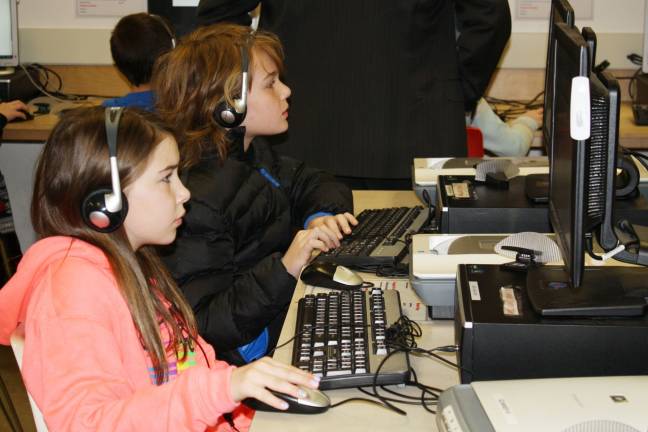
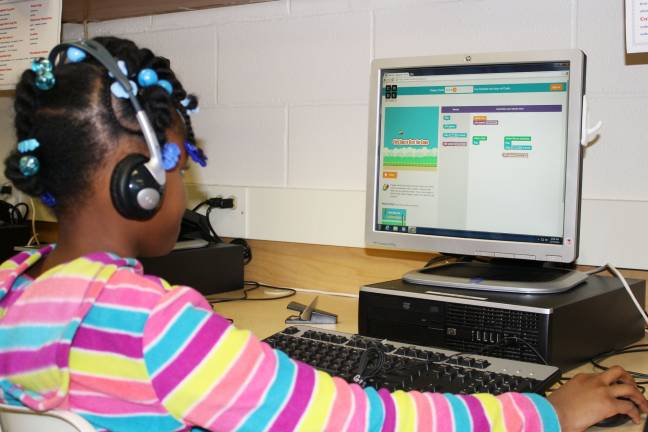
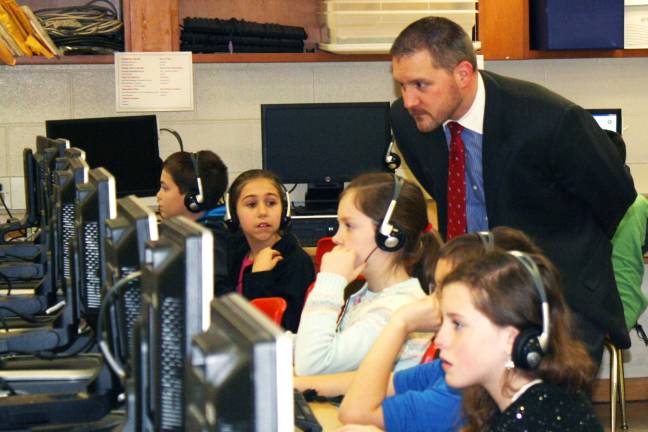
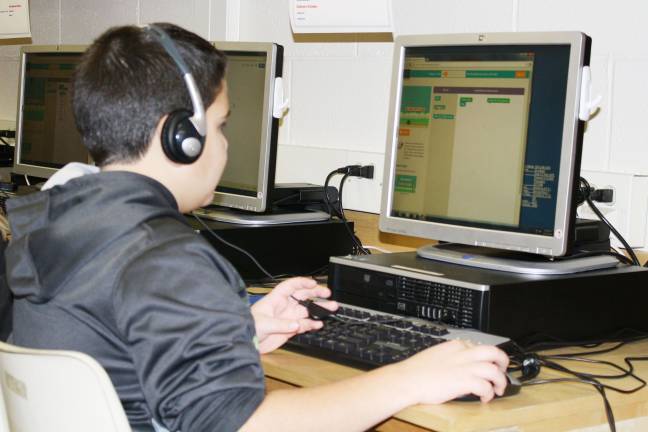
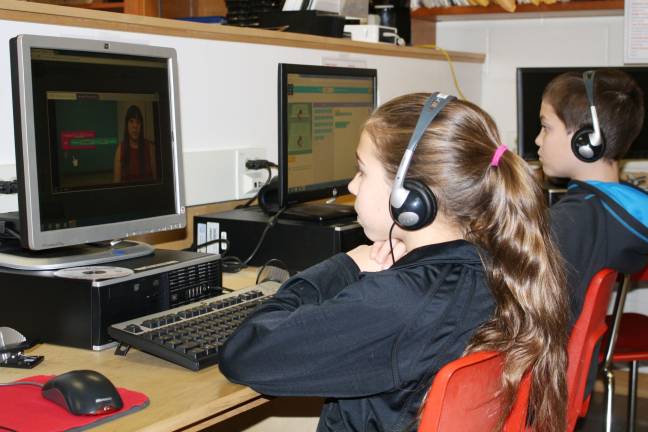
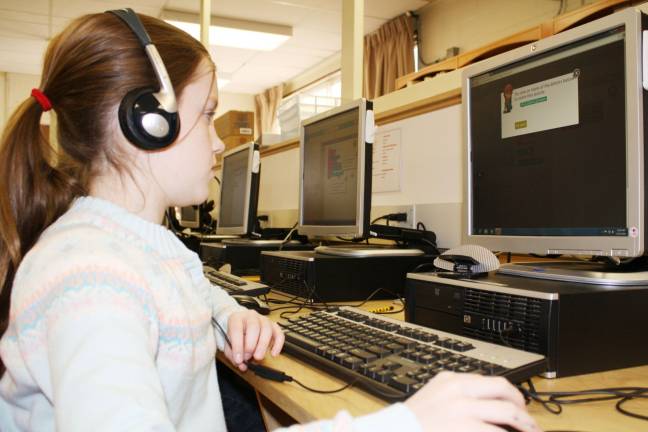
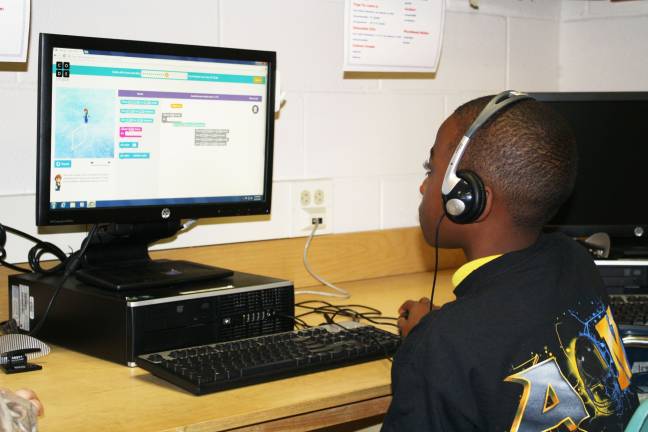
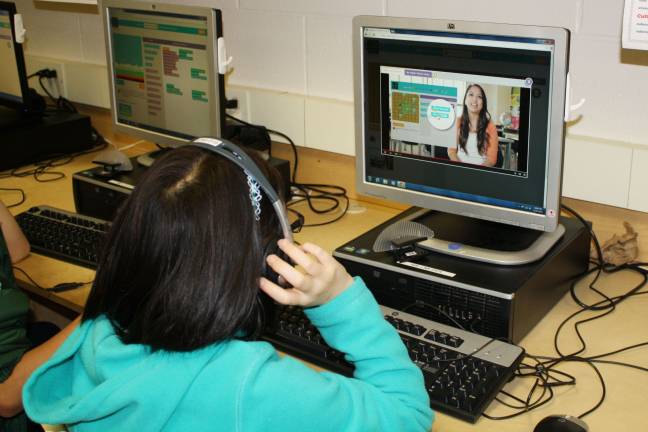
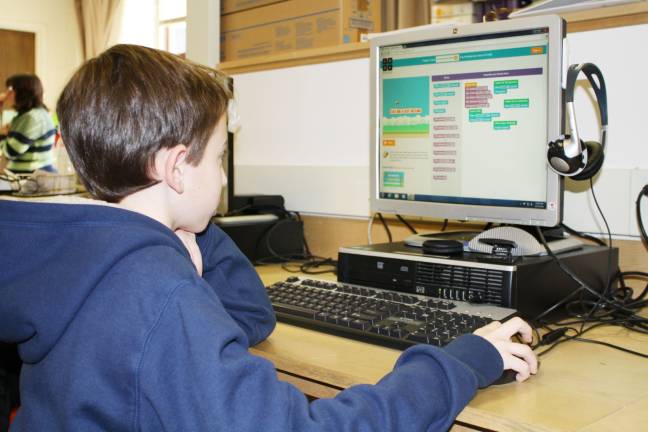
GOSHEN — The lesson was only an hour long, but its effects will leave a lasting impression.
On Dec. 15, Goshen Intermediate School fifth graders joined 76,752,822 students from around the world to learn the fundamentals of computer programming with the Hour of Code.
The Hour of Code is a global movement reaching tens of millions of students in more than 180 countries. Noted as one of the largest learning events in history, it's held in celebration of Computer Science Education Week.
Fifth grade teacher Karen Kropp and instructional technology teaching assistant Kendra Parchinski decided to get students involved with the Hour of Code to spark an interest in computer science.
“The students are completely engaged and excited to learn,” said Kropp. “The Hour of Code provides a fun, visual way for them to learn new skills and possibly think about a future in computer science.”
What is code?
So what is code? Quite simply, code is a set of step-by-step instructions given to a computer to make it perform a desired action. Computers, apps, smart phones — they all run by code.
Code is traditionally text-based. Many people have heard of JavaScript, the world's most widely used coding language. However, students used the more age-appropriate Blockly Games during Hour of Code. Blockly, a Google project designed to encourage tomorrow's programmers, uses block-based visual coding students can drag and drop on their computer screens to write programs.
For example, Anna Duffy uses Blockly to move an ice skating Elsa (from Disney’s Frozen) in specific patterns on the ice. Anna’s screen is split into three parts — on the left, she can see Elsa on the ice and the directions for what shape Elsa must make. The middle area is Anna’s toolbox; this is where the blocks of code are located that give commands that Elsa will understand. The space on the right, the workspace, is where Anna builds her program. Anna must figure out which blocks of code to use and in what order as she moves and turns Elsa on the ice.
“I connect the different code to make Elsa skate in a square shape,” she explains as she drags different blocks of code onto her workspace in the order of her choosing. “I have to tell her to move straight, turn right, and move again.”
This teaches Anna the basics of code — the concepts she’s learning are the same concepts that computer programmers use every day and are the foundations of computer science. Even top universities teach block-based coding, such as Berkeley and Harvard.
“Some of the shapes are hard but I like how you can use code to make your own unique movements,” said Anna. “If I mess up, I just try it again. I like using computers.”
Eli Wiener uses Blockly to help an Angry Bird move through a maze and find the evil pig who stole his eggs. “I put the code in order so I can maneuver the red bird through the block maze to reach the pig,” he said. “The code directs the bird’s movements. It’s a lot of fun.”
The Hour of Code is organized by Code.org, a public non-profit dedicated to expanding participation in computer science by making it available in more schools, and increasing participation by women and underrepresented students of color. Microsoft, Apple, Amazon, Boys and Girls Clubs of America and the College Board all support the Hour of Code.
The Hour of Code believes that every student should have the opportunity to learn computer science. According to the Hour of Code website, computer science helps nurture problem-solving skills, logic and creativity. By starting early, students will have a foundation for success in any 21-century career path. For more information, visit www.hourofcode.com.
Editor's note: The Chester Union Free School District also participated in the Hour of Code. For more information visit " 'Hour of Code' comes to Chester Academy": http://bit.ly/1CenKpa.